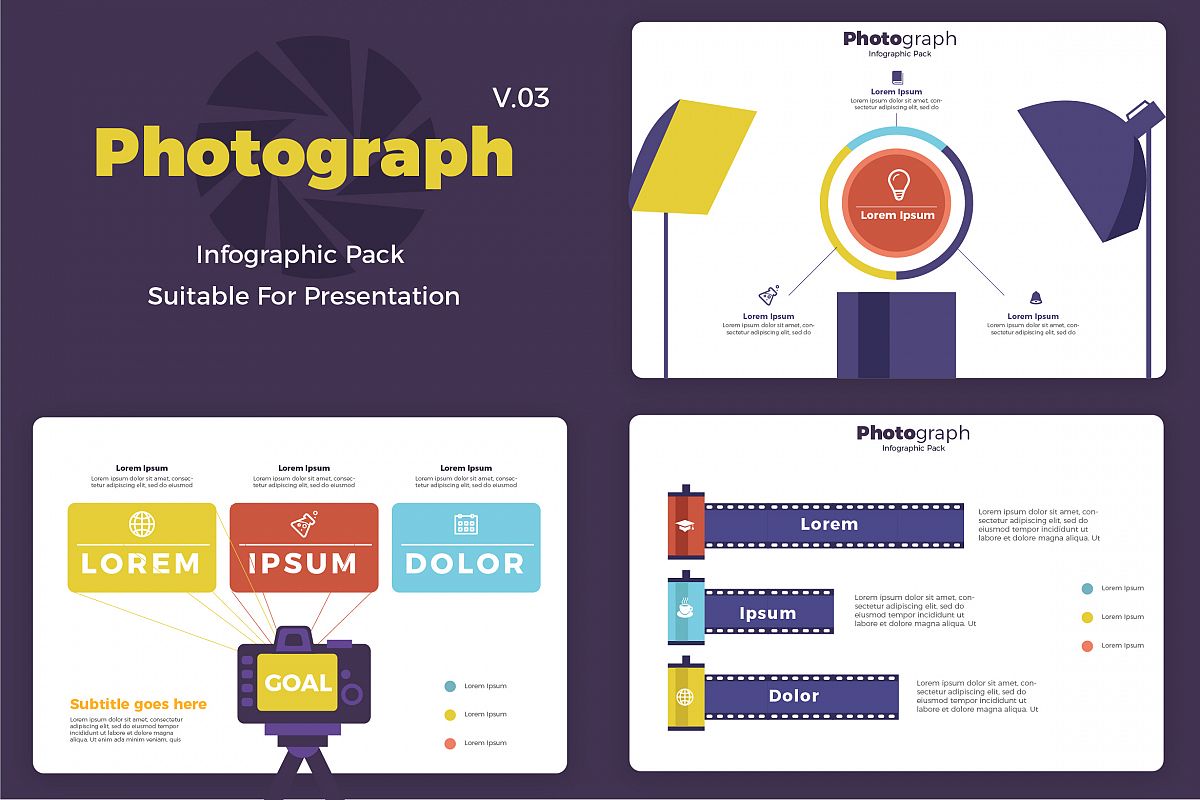What Every Digital Photographer Must Know About Lighting
What Every Digital Photographer Must Know About Lighting
Blog Article
https://telegra.ph/Prepare-To-Reveal-The-Secrets-Of-Traveling-Digital-Photography-Basics-That-Will-Transform-Your-Experiences-Into-Captivating-Visu-01-08 By-Futtrup Olsson
As a professional photographer, you know that illumination can make or damage your images. Recognizing the subtleties of both all-natural and artificial light is crucial for recording the mood and clarity you go for in your job. Whether you're going after the best gold hour radiance or fine-tuning your man-made setups, understanding these elements can elevate your photography dramatically. Yet there are common risks that lots of forget, and acknowledging them can transform your approach to every shoot. Allow's discover what you might be missing and exactly how it can affect your results.
Comprehending Natural Light
Comprehending natural light is crucial for any kind of professional photographer seeking to enhance their job. It's the foundation of excellent digital photography, affecting mood, tone, and clarity. When you fire outdoors, take notice of the time of day. The gold hour-- quickly after daybreak and prior to sundown-- provides soft, cozy light that can transform normal scenes into magnificent images.
Don't undervalue the power of overcast days. Cloud cover diffuses sunlight, creating a soft, also light that's excellent for pictures and macro photography. You'll discover shades appear this sort of lights without rough darkness.
Placing matters, also. Constantly consider your topic's positioning to the source of light. If the sunlight's behind your topic, you may end up with a silhouette, which can be significant however mightn't be what you want. Conversely, mouse click the up coming post can develop uncomplimentary shadows.
Experiment with angles; often, altering your point of view can produce amazing outcomes. Usage natural reflectors, like water or sand, to bounce light onto your topic, adding dimension.
Mastering Artificial Light
Mastering synthetic light is important for photographers that intend to take their abilities to the next level. Whether you're making use of speedlights, workshop strobes, or continuous lights, comprehending just how to control these sources can drastically enhance your pictures.
Beginning by familiarizing on your own with the basics of light top quality, direction, and color temperature. Explore various modifiers like softboxes, umbrellas, or grids to control the gentleness or violence of the light.
You'll find that soft light frequently develops flattering outcomes, while harsher light can add drama and depth. Do not shy away from darkness; they can enhance the three-dimensionality of your topics.
Pay close attention to the positioning of your lights. A light located too near your topic can produce uncomplimentary results, while too away can result in a lack of detail. Use a light meter or your video camera's pie chart to guarantee you're subjecting properly.
Lastly, keep in mind that man-made light can be combined with ambient light for imaginative impacts. Balancing these sources might take method, once you grasp it, your photography will absolutely radiate.
Strategies for Different Scenarios
When you enter various capturing circumstances, adjusting your lighting strategies is critical for catching the very best images. For outside pictures, use the golden hour-- early morning or late afternoon light-- to soften shadows and improve complexion.
If it's a severe noontime sun, take into consideration utilizing a reflector to bounce light back onto your topic or seek shaded locations for a more even direct exposure.
In low-light circumstances, like indoor occasions, increase your ISO and make use of a large aperture to allow in even more light. A tripod can help get rid of electronic camera shake, enabling longer exposures without blurring.
If you're contending evening, experiment with off-camera flash to produce dynamic lighting and depth in your photos.
For item digital photography, make use of diffused illumination to prevent extreme representations. Softboxes or light outdoors tents can aid accomplish this effect.
When photographing landscapes, think about the instructions of light and time of day, as it can drastically alter the state of mind of your shot.
Always prepare to readjust your setups and placing based on the scenario, as adaptability is key to mastering lighting in photography.
Company headshot photography , grasping lights is key to elevating your photography abilities. Accept all-natural light's charm throughout golden hour, and don't shy away from trying out man-made light strategies. By adjusting your approach to different situations, you'll capture stunning pictures that resonate with feeling and clarity. Remember, the right lighting can change a common shot into something extraordinary, so keep exercising and refining your understanding of both natural and fabricated light. Happy shooting!
